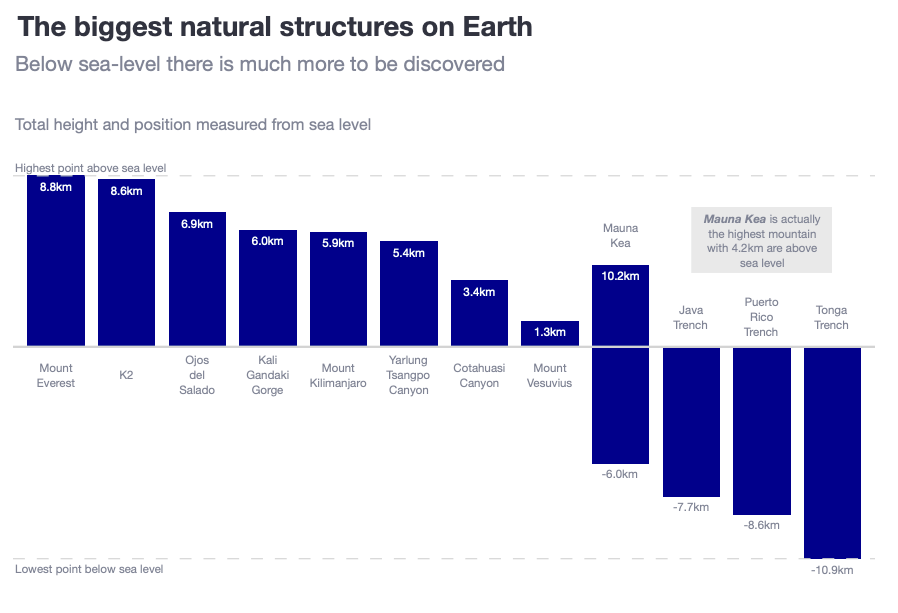Should Bar Charts Ever Start Above Zero?
In the world of data visualization, one question often crops up: Is there ever a good reason to start a bar chart above zero? As we dive deeper into this topic, let’s explore the implications, best practices, and potential alternatives for bar chart presentation.
Why This Matters
Bar charts are an intuitive tool for displaying data, but how they’re presented can significantly influence how the information is perceived. By starting a bar chart at zero, you’re giving viewers a clear and accurate representation of the data. However, starting above zero can sometimes highlight specific trends or disparities that might be lost in the noise of too much data.
The Case for Starting Above Zero
There are scenarios where starting a bar chart above zero may be justified:
-
To Emphasize Differences: When comparing categories that are very close in value, such as sales figures where one brand edges out another by just a small margin, starting the y-axis above zero can exaggerate those differences for clarity.
- Focusing on Trends: If you’re interested in showing just changes or trends over time (and all values are positive), it can make sense to cut out the zero baseline. This can make it clearer how certain measurements develop, revealing insights that may be overlooked if viewed in their broader context.
Real-Life Example
Consider a company reporting its revenue growth over several quarters. If the revenue consistently hovers around $100,000, and in the last quarter, it jumps to $150,000, a bar chart starting above zero could visually emphasize that growth. Conversely, a starting position at zero might make that increase seem less impressive in light of past performance.
Pros and Cons
While starting above zero can highlight specific data points, it also has drawbacks:
-
Potential Misleading: If viewers are unaware or untrained in interpreting the nuances of bar charts, starting the scale above zero can lead to misinterpretation, as it may seem like the data represents a more dramatic swing than reality.
- Loss of Context: The overall context of the data gets lost when a chart is not anchored at zero. This can obscure the actual scale of the values being represented.
Best Practices
-
Consider Your Audience: Understand who will be interpreting your data. If they may not be familiar with data analysis, sticking to a zero-based chart is preferable.
-
Provide Annotations: If you decide to start your chart above zero, it’s important to include annotations or a brief explanation to guide viewers.
-
Use Alternative Visuals: If the data is too close to call or if the differences are minimal, consider using a different type of graph where the scale does not distort the visual representation, like a line graph.
- Seek Clarity: Regardless of where the axis starts, clarity is paramount. Ensure that your chart conveys the message you intend without misleading viewers.
Conclusion
While bar charts starting above zero can serve specific purposes, particularly in emphasizing certain data points, they must be used judiciously. By keeping your audience’s understanding in mind and following best practices, you can create effective visualizations that communicate your message clearly and accurately.
The AI Buzz Hub team is excited to see where these breakthroughs take us. Want to stay in the loop on all things AI? Subscribe to our newsletter or share this article with your fellow enthusiasts!




